As we move further into 2024, the landscape of UI/UX design continues to evolve, bringing fresh trends and innovative approaches. Staying ahead of these trends is crucial for designers who want to create engaging, efficient, and visually appealing products. Here, we explore the top UI/UX design trends that are shaping the industry this year, providing insights and inspiration for your next project.
1. Personalized User Experiences
Why It Matters
Personalization is becoming increasingly important in UI/UX design. Users expect experiences tailored to their preferences, behaviors, and needs. By leveraging data and AI, designers can create interfaces that adapt in real-time, enhancing user satisfaction and engagement.

Implementation
Behavioral Data: Utilize user data to create dynamic interfaces that respond to user actions and preferences.
AI and Machine Learning: Implement AI-driven personalization to offer content, recommendations, and features tailored to individual users.
Customizable Interfaces: Allow users to customize their interface settings, such as themes, layouts, and notifications.
2. Voice User Interfaces (VUI)
Why It Matters
With the rise of smart speakers and voice assistants, VUI is becoming a vital component of UI/UX design. Voice interfaces offer a hands-free, intuitive way to interact with digital products, making technology more accessible.
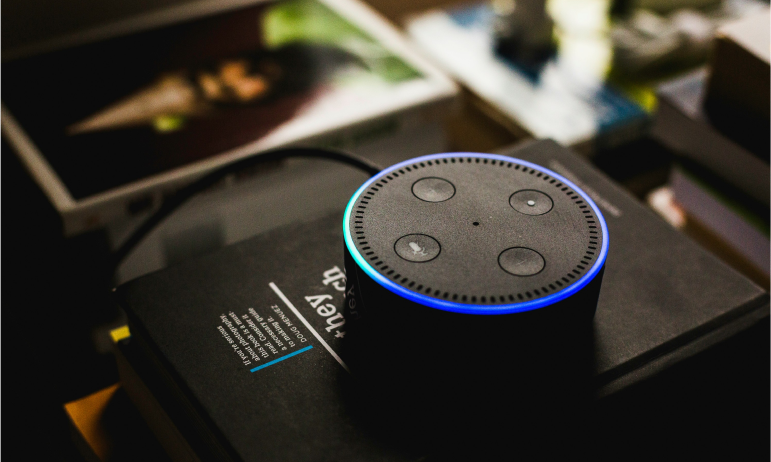
Implementation
Natural Language Processing: Invest in NLP to improve the accuracy and efficiency of voice commands.
Seamless Integration: Design VUIs that seamlessly integrate with traditional touch and gesture-based interfaces.
Accessibility: Use voice interfaces to enhance accessibility for users with disabilities.
3. Neumorphism and Glassmorphism
Why It Matters
Visual aesthetics play a crucial role in UI design, and trends like neumorphism and glassmorphism are gaining popularity for their modern, sleek look. These styles offer a fresh alternative to flat design and can make interfaces more engaging.

Implementation
Neumorphism: Use soft shadows and highlights to create a quasi-3D effect, giving UI elements a tactile, lifelike appearance.
Glassmorphism: Incorporate frosted-glass effects and transparent layers to add depth and elegance to your designs.
Balance: Ensure these styles enhance usability and do not compromise accessibility.
4. Micro-Interactions
Why It Matters
Micro-interactions are subtle animations or responses that occur when a user engages with an interface element. These interactions can significantly enhance user experience by providing feedback, guiding users, and making the interface feel more responsive and interactive.
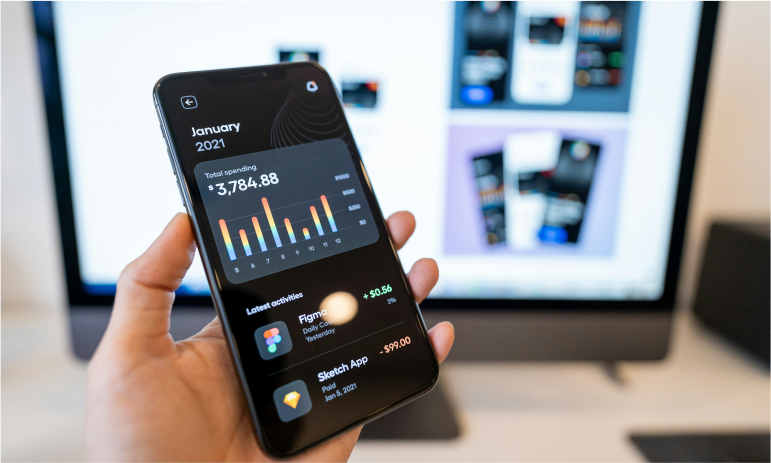
Implementation
Feedback: Use micro-interactions to give instant feedback on user actions, such as button clicks or form submissions.
Transitions: Implement smooth transitions and animations to create a more fluid and enjoyable user experience.
Delight: Add playful, unexpected micro-interactions to surprise and delight users, making your product more memorable.
5. Dark Mode
Why It Matters
Dark mode continues to be a popular trend in UI/UX design, offering a sleek and modern aesthetic while reducing eye strain and saving battery life on devices with OLED screens.
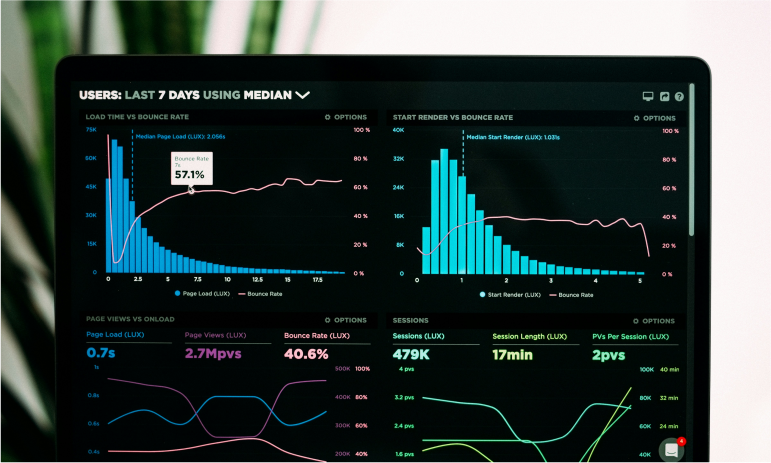
Implementation
Toggle Option: Provide users with an easy way to switch between light and dark modes.
Contrast and Readability: Ensure text and UI elements are readable in dark mode by maintaining sufficient contrast.
Consistent Design: Design dark mode as a cohesive part of your overall UI, rather than an afterthought.
6. Augmented Reality (AR) and Virtual Reality (VR)
Why It Matters
AR and VR are transforming the way users interact with digital products, providing immersive and interactive experiences. These technologies are particularly impactful in fields like e-commerce, gaming, and education.

Implementation
User Engagement: Use AR/VR to create engaging and interactive experiences that go beyond traditional interfaces.
Practical Applications: Incorporate AR for practical uses, such as virtual try-ons in e-commerce or interactive learning experiences.
Usability: Ensure AR/VR interfaces are intuitive and user-friendly, minimizing the learning curve for users.
7. Minimalist and Clean Design
Why It Matters
Minimalist design continues to be a dominant trend, focusing on simplicity and clarity. A clean, uncluttered interface improves usability and directs users’ attention to key elements.
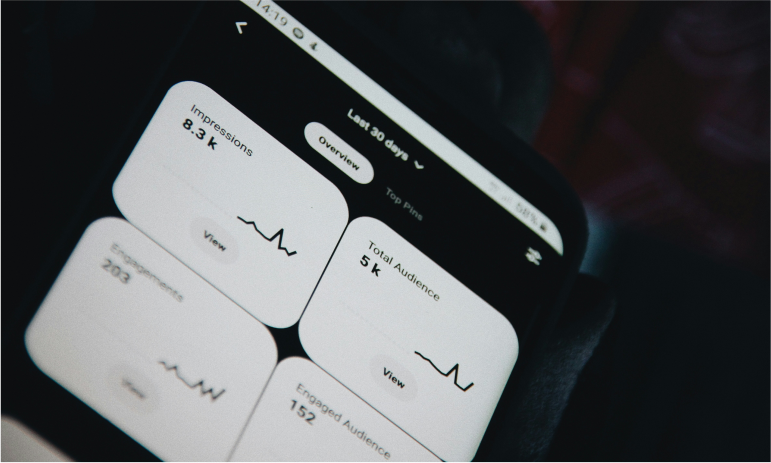
Implementation
Whitespace: Use ample whitespace to create a clean and organized layout.
Essential Elements: Focus on essential UI elements, removing unnecessary components that can clutter the interface.
Typography: Utilize clear, legible typography to enhance readability and user experience.
Conclusion
Staying abreast of the latest UI/UX design trends is essential for creating products that are not only visually appealing but also highly functional and user-friendly. By incorporating personalized experiences, VUIs, modern visual styles, micro-interactions, dark mode, AR/VR, and minimalist design, you can ensure your products remain at the forefront of innovation and user satisfaction in 2024.

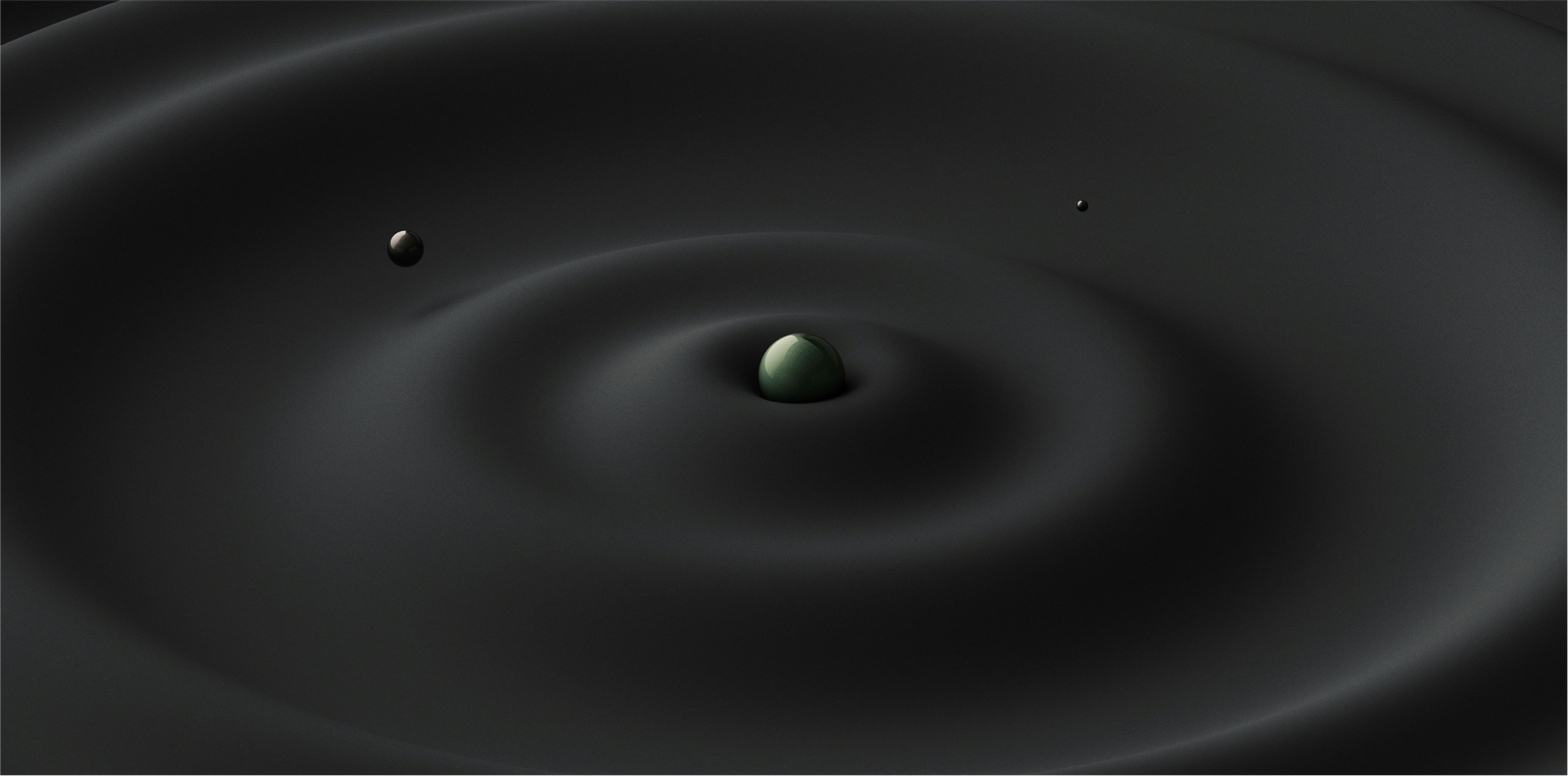
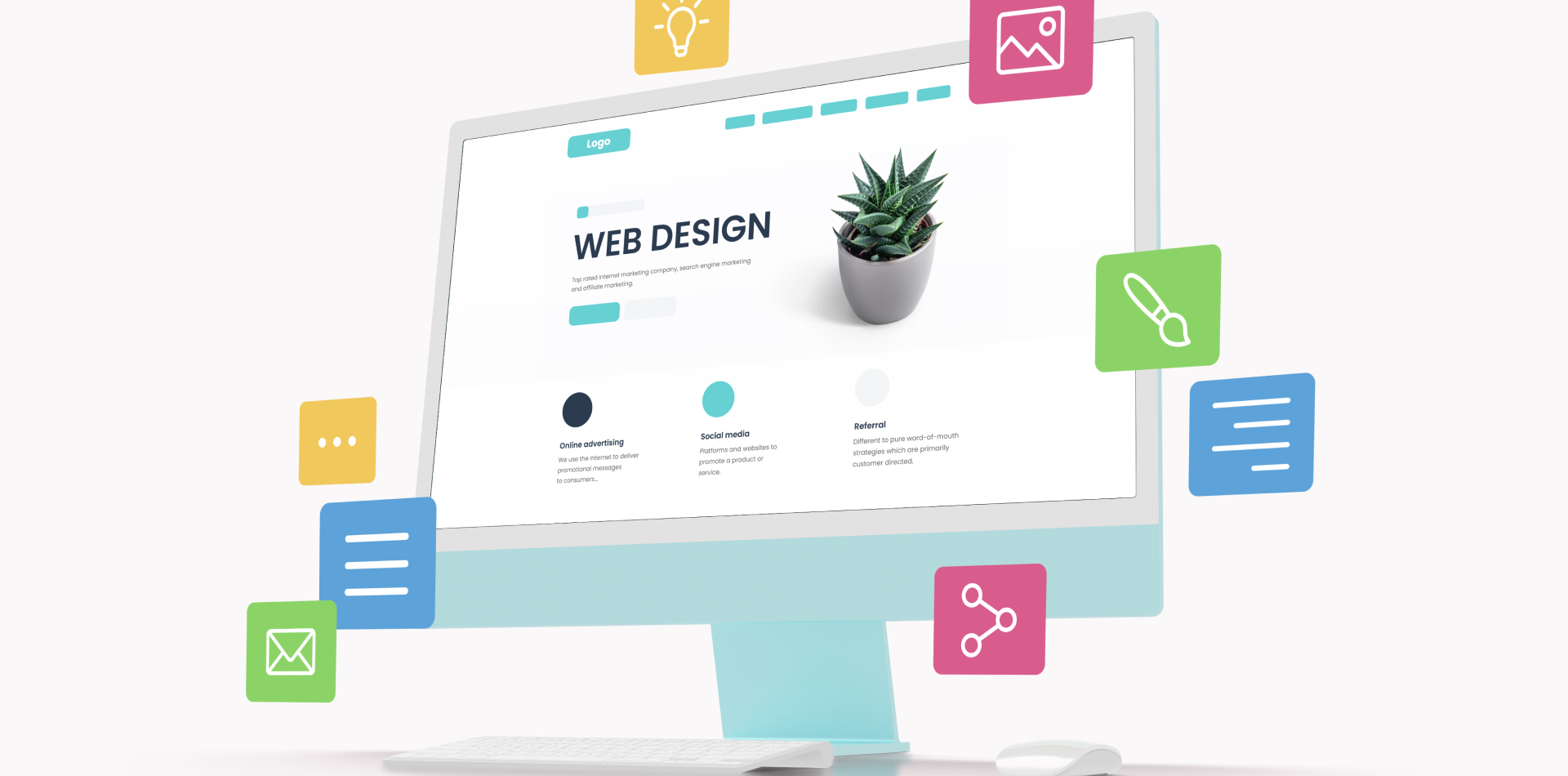
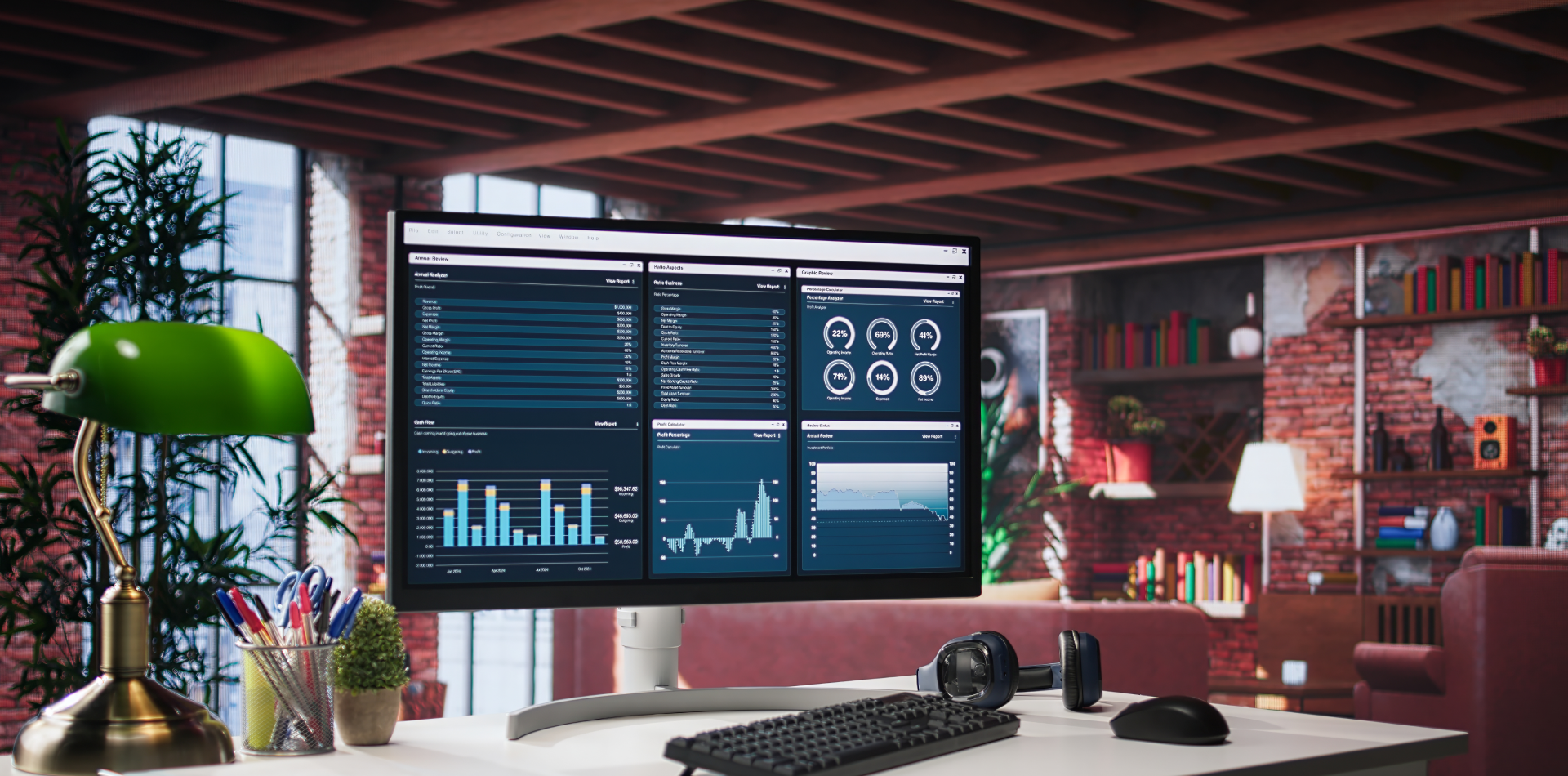
8 Comments
Ethan
30 June 2024Love seeing AI and machine learning making waves in UI/UX! It’s exciting to think about the possibilities for more personalized user experiences.
Carlos Gibson
30 June 2024Great insights! I’m particularly interested in how voice user interfaces will evolve. Do you think they will eventually become as common as traditional graphical interfaces?
Gerald Perez
30 June 2024The emphasis on dark mode is spot on. I’ve noticed a significant increase in user satisfaction since implementing it in my app.
Liam
30 June 2024Microinteractions are such a game-changer. They make the experience feel more intuitive and delightful. Thanks for highlighting their importance!
Mason
30 June 2024Microinteractions are such a game-changer. They make the experience feel more intuitive and delightful. Thanks for highlighting their importance!
Emma
30 June 2024Inclusive design should be at the forefront of everyone’s mind. Accessibility isn’t just a trend; it’s a necessity. Thanks for bringing attention to this!
Sophia
30 June 2024Curious about the use of 3D elements in web design. Do you have any examples of websites that are nailing this trend?
Taylor
30 June 2024Interesting take on the growing importance of sustainability in design. It’s great to see the industry moving towards more eco-friendly practices.